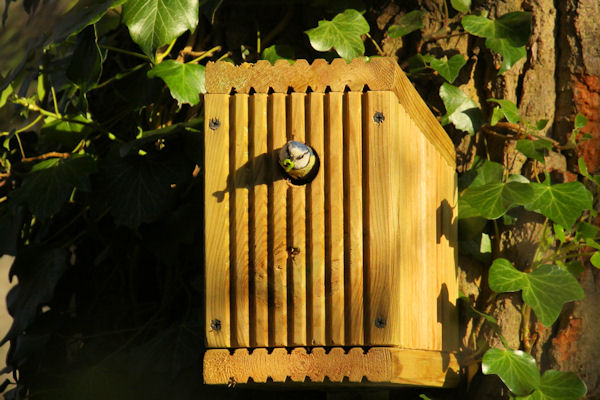How old is the coppice?
I have been trying to calculate the age of our coppiced sweet chestnut specimens in Bicknor Wood. There are two distinct compartments of coppice which have been regularly cut on a 15 year cycle, but recent times have made coppicing uneconomical and the cutting has lapsed.
In trying to estimate their age, it is important to realise that coppices have two ages. Their shoot age and their stump age. We can get a reasonable idea of the shoot age from the growth rings of a recently fallen coppice and from cutting records. Each ring indicates one season of growth, so the example below was 20 years old when it fell. If we could get our hands on historical cutting records, they would probably agree.
The stump age however will be dramatically older as the stump lives on after the cut and the new shoots sprout from it. A vintage map published in 1797 shows a wood on this site, though it was known as Belt Wood back then. The profusion of wildflowers, bluebells, dog's mercury, and wood anemone also indicate a wood of great antiquity.
It is probable that, given its inclusion on the map, the wood predates 1797. Whilst we can presume that the woodland was managed since then, we do not know that it was planted with sweet chestnut at the time. Sweet chestnut coppicing became popular in the mid-1800s, which would make the managers of Belt Wood rather avant garde if they were already indulging in the practice.
This all came about when I was trying to identify the wood's oldest tree. I had started by assuming that it would be an oak, but got side-tracked when it struck me that the coppices could be much older.
There is not a suitable method to date a coppice stump without an invasive bore right through it. Even this does not give a good reading as the cores of the older stumps are usually rotted through, so not all the rings are available to be counted.
Then I found a report for the Forestry Commission which suggested that there is an expected mortality rate of 1 in 20, or 5% after each coppicing cut. Observations from Bicknor Wood show that there is also some dieback between cuts, again about 1 in 20. A quick calculation of 5% because of the cut, then a further 5% between cuts shows that 10% of the stumps will need to be replaced after each 15 year cycle. So most, if not all, will have been replaced after 10 cycles, ie 150 years. Whilst some individuals may have survived for longer, it is not possible to identify which ones, but the replacements for dead stumps will bring the average back down and the longer the practice of coppicing continues, the more stable that average is likely to be.
As the coppicing and replacement of dead stumps is now unlikely to continue, the mortality rate will drop and the average age will increase, but for now, let's put a mark on the post and say that a reasonable maximum age for the sweet chestnut stumps in Bicknor Wood is 150 years.








Comments
Post a Comment